A deep travel overview of Okinawa for my custom Japan private tours
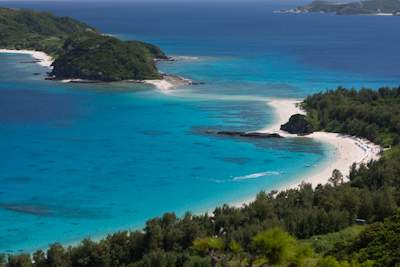 The islands of Okinawa are both a destination to really get off the beaten track or to simply kick back in beach-style luxury at the end of a longer trip across Japan's other incredible island worlds. Please note that getting to Okinawa takes a bit of extra time and effort and it has to be the right season (see below). Most of my Okinawa clients travel the islands exclusively with my super-useful independent self-guided tours & services. I can get you from island to island or design tours that take you into the rivers of the interior or to a secluded beach far from the crowd. The options are all yours!
The islands of Okinawa are both a destination to really get off the beaten track or to simply kick back in beach-style luxury at the end of a longer trip across Japan's other incredible island worlds. Please note that getting to Okinawa takes a bit of extra time and effort and it has to be the right season (see below). Most of my Okinawa clients travel the islands exclusively with my super-useful independent self-guided tours & services. I can get you from island to island or design tours that take you into the rivers of the interior or to a secluded beach far from the crowd. The options are all yours!
The islands making up Okinawa Prefecture, are also known as the Ryukyu Islas, named after the native culture, are quite different from the rest of Japan. The food is different and there is even a local language that is not Japanese at all.
An independent kingdom for several centuries, Okinawa only came under Japanese control from the late 17th century onwards.
The islands of Okinawa offer a fairly amazing range of seaside scenes and they are easy enough to navigate once you get to the main island and airport (Naha).
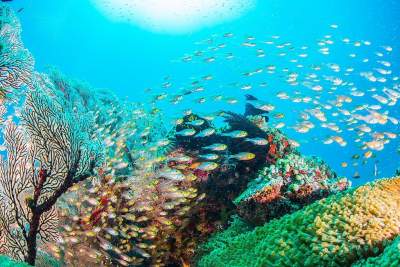
The main island of Okinawa (with Naha City at its southern tip) is somewhat overdeveloped and to be avoided unless you like overdeveloped commercial beach strips (think Honolulu). However, Okinawa’s other islands, to the south, are low key and the preferred destination as soon as possible! Just 32 km south of Naha lie the beachside destinations of Zamami Island and Tokashiki Island both easy to get to by ferry. Further south, lies the largely pristine island of Miyajima (connected to two other islands by bridge), and then, almost touching Taiwan, the really wilderness-like Yaeyama Islands (Ishigaki and Iriomote).
Okinawa is a place to relax beachside, snorkel and scuba dive in colorful largely health marine ecosystems and hike (coastal walking is easy and for something much more challenging go inland and hike jungle-like worlds and waterways).
For a better understanding of YJPT's tour and service design and design process, expenses, and prices please see my compact but informative full service pricelist in JPY and USD, all retail priced.
Accommodation away from Naha is mostly boutique hotels (read small family-run hotels) and high value pensions. But even booking.com offers places in most of these destinations and the local tourist-oriented webpages are often in English and fairly comprehensive.
Okinawa has a subtropical climate and temperatures rarely go below 15 degrees centigrade (this would be winter). The best time to visit these islands is from October to March. The rainy season (not the best time to go) runs from late April to the end of June. Summer (July and August) is hot and humid and also the time when the typhoon storms sweep north from the equator . . .
Your Japan Private Tours has designed many self-guided independent tours to the islands of Okinawa over the years. And there are many island ambiances to choose from. I know where to go and what to do and how to do it all without wasting time or money . . . The options are all yours!
Guided tour FAQs (start time and location; itinerary design; expenses; tips . . .). Self-guided tour FAQs (design; delivery; types; expenses . . .).
- Okinawa private travel transportation and accommodation overview
- Okinawa main hiking, nature and hot spring destinations
- Okinawa food & cuisine overview for private travel
- Okinawa history overview
Content by Ian Martin Ropke, owner of Your Japan Private Tours (est. 1990). I have been planning, designing, and making custom Japan private tours on all five Japanese islands since the early 1990s. I work closely with Japan private tour clients and have worked for all kinds of families, companies, and individuals since 1990. Clients find me mostly via organic search, and I advertise my custom Japan private tours & travel services on www.japan-guide.com, which has the best all-Japan English content & maps in Japan! If you are going to Japan and you understand the advantages of private travel, consider my services for your next trip. And thank you for reading my content. I, Ian Martin Ropke (unique on Google Search), am also a serious nonfiction and fiction writer, a startup founder (NexussPlus.com), and a spiritual wood sculptor. Learn more!
Okinawa private travel transportation and accommodation overview
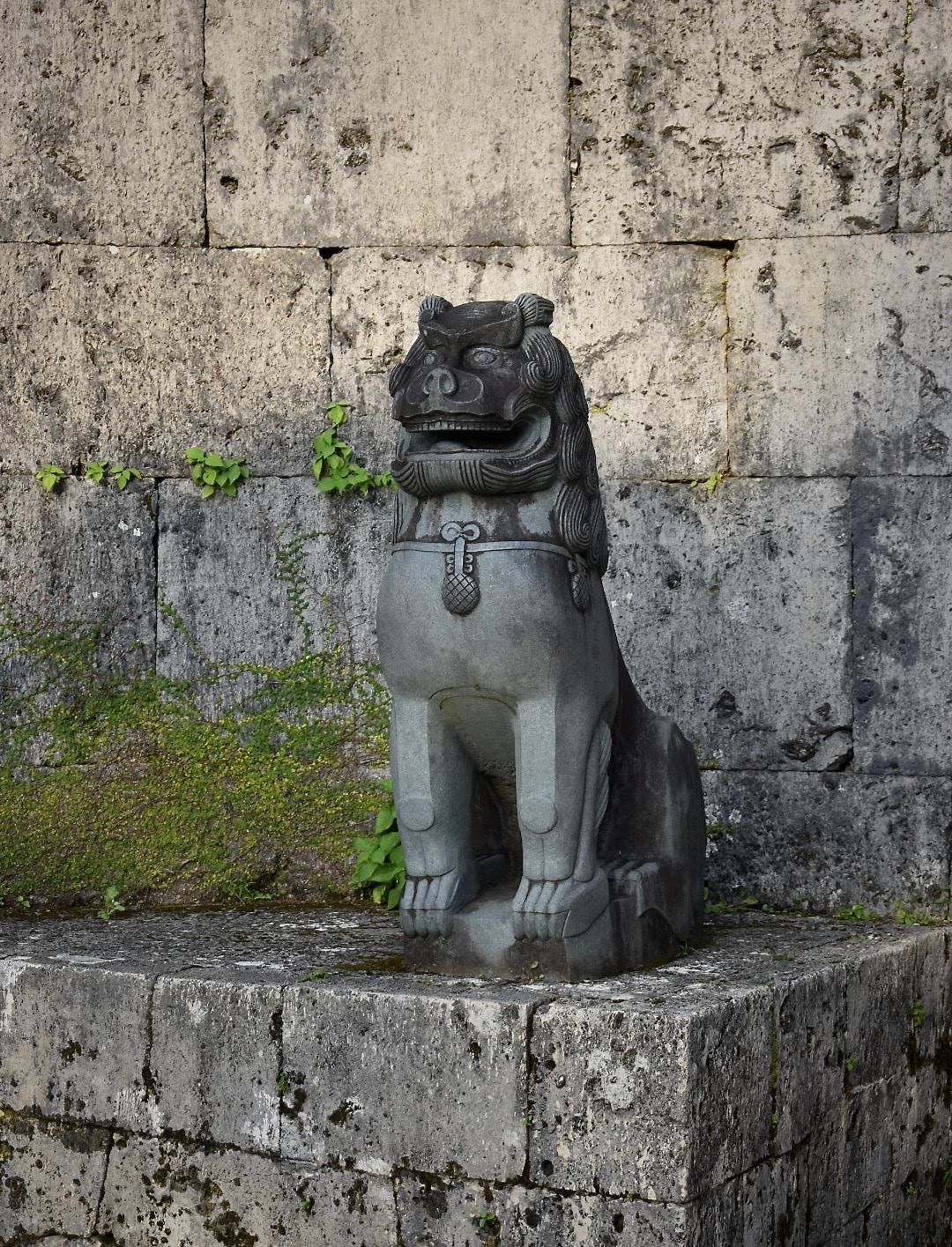
Getting to Okinawa is really easy by airplane or by ferry from Kagoshima (southern tip of Kyushu) and finding places to stay is also easy enough in major beach areas (in remote areas I recommend my reservation service). Getting to Okinawa is possible by ship but mostly people fly there and it’s not terribly expensive either, with many flights every day. If it’s your main destination, then you can arrive with an international flight (mostly from Southeast Asian airports!) but most foreigners get to Okinawa on a domestic flight from one of Japan’s many major airports.
If you want to arrive in historical style with a suntan even, then ferries to Okinawa depart from Kagoshima, at the southern end of Kyushu Island. There are 3-4 departures every week and the trip takes 26 hours.
- Haneda Airport, Tokyo to Okinawa (Naha): 2 hours and 40 minutes.
- Narita Airport, Tokyo to Okinawa (Naha): 3 hours.
- Kansai Airport, Osaka to Okinawa (Naha): 2 hours and 15 minutes.
- Fukuoka Airport, Kyushu to Okinawa (Naha): 1 hour and 45 minutes.
Since Okinawa is the beach and sun center for domestic Japanese tourism, accommodation is as varied as you can imagine. Highrise hotels in Naha, low-impact boutique hotels all over, pensions or bed & breakfasts in popular beach areas and, further south, rustic minshuku (B & Bs) on the beaches of wild islands.
The further south you go in Okinawa or the further you go off the beaten track the more valuable my accommodation recommendation and reservation services become (my travel services save you time & improve trip quality!). But in most really well-known areas you can expect Bookings.com to give you lots to choose from.
- Okinawa private travel transportation and accommodation overview
- Okinawa main hiking, nature and hot spring destinations
- Okinawa food & cuisine overview for private travel
- Okinawa history overview
Okinawa main hiking, nature and hot spring destinations: A-Z
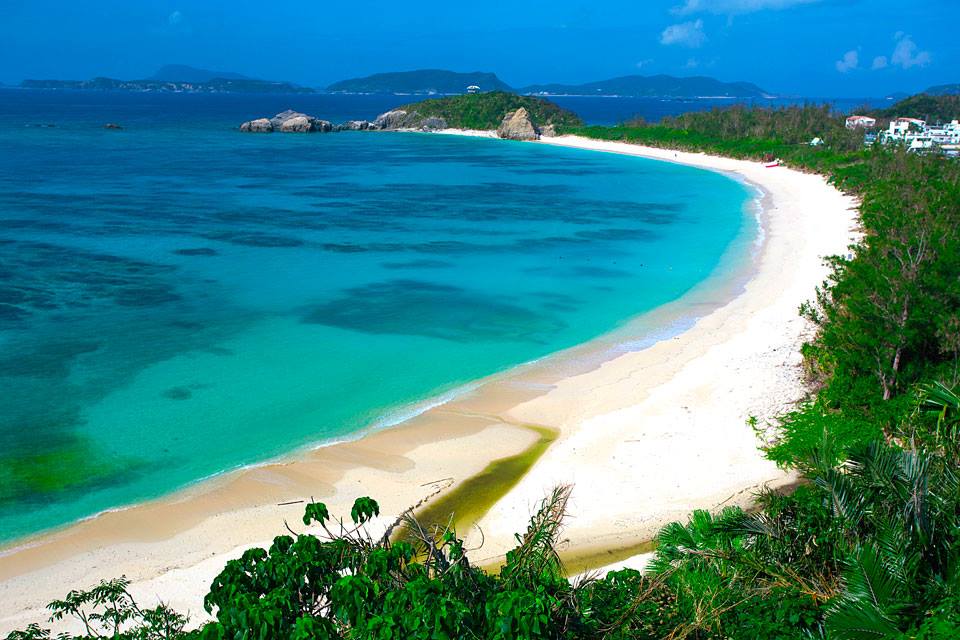
Kerama Islands: The Kerama Islands are just 40 km west of the main island of Okinawa and thus an easy day trip or a better base camp for perfect beach experiences (swimming, sunbathing, snorkeling and diving). And from January to March, these islands are a well-known destination for whale watching. In total, there are 36 islands and only 4 have people on them! Since 2014, the entire area has become a national park.
Kume Island: Kumejima is just one of several islands about 90 km west of Naha Airport (domestic and international) on the main island of Okinawa. This destination is ideal for all the feelings and experiences of Okinawa in a much less developed, populated and visited zone. Kumejima island is famous throughout Japan for its pristine and extensive beaches, some which can only be visited by tour boat.
Miyako Island: Miyako Island is a half-hour flight south of the main island of Okinawa. Because it is further away, it is also much less developed and more charming as a result. It is especially popular for diving, snorkeling and great beaches with few crowds or high rises. The island is not high and mostly covered in sugar cane fields. The local scenes are much more intimate and local with many pensions and small boutique hotels and a lively street restaurant and bar scene.
Okinawa Island: This is the largest island in the entire Okinawa prefecture zone and also, naturally, the location of the only international airport at Naha. Being the largest island by far it is not surprising that the heart of Okinawan culture was always here. The famous Ryuku Kingdom, that traded with China and mainland Japan independently for centuries was centered on Okinawa Island. The island is highly developed and there are lots of huge hotel complexes, but certain areas are better. The southern and northern sections of the island are the least developed and offer the most natural settings (including large agricultural areas) together with beaches of all kinds. The main island of Okinawa is home to Japan’s best aquarium (Churaumi), the refreshing Hiji Waterfall hiking area, many castles and castle ruins of the Ryukyu Kingdom days, local pottery shopping streets, the best karate museum in the world (karate was born in Okinawa!), and forests in the north.
Yaeyama Islands: The Yaeyama Islands are the furthest south you can go, almost touching Taiwanese international waters, and also the wildest islands. The islands are characterized by 10% coastal areas (beaches) and 90% dense jungle and mangrove swamps (for canoeing and hiking). Iriomote Island is one of the most famous of the Yaeyama Islands and offers extremely rustic beachside accommodation that most people only dream of!
- Okinawa private travel transportation and accommodation overview
- Okinawa main hiking, nature and hot spring destinations
- Okinawa food & cuisine overview for private travel
- Okinawa history overview
Okinawa food & cuisine overview for private travel
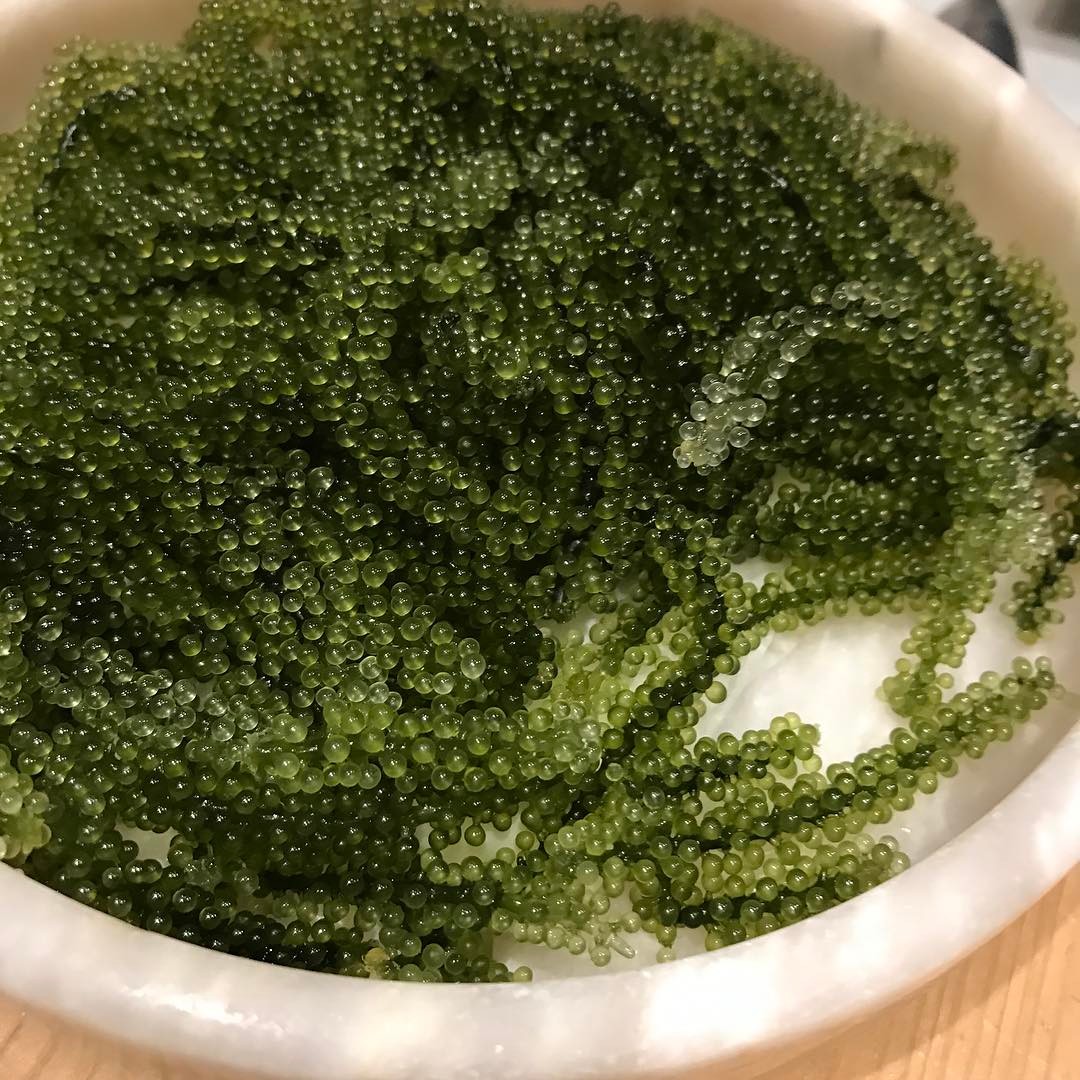
Great Japanese cuisine very much includes Okinawan food is easy to find in Okinawa, all you have to do is look! [ There are also a few great Okinawan restaurants also in Tokyo, Kyoto and Osaka and other major city areas.] Okinawan cuisine, because of the Ryuku Kingdom’s long centuries of trade with cultures all over southeast Asia, is truly exotic and varied. The food of Okinawa is very much a meat-based cuisine, and pork is the most popular ingredient in so many ways. Every part of the pig is used, from the feet and ears to pork tripe innards. Some Okinawan restaurants will also feature goat meat, which can even be served raw. Other local specialty ingredients include native tropical vegetables and fruits. Goya, local bitter melon, is a famous ingredient. But it is also common to see peanut tofu, pickled papaya and shallot onions. Seafood is also widely available. Okinawa brown cane sugar and awamori (Okinawan brandy, made from rice) are prominent flavorings along with soy sauce and miso (fermented soybeans). The local, hot pepper Koregusu condiment is hard to miss (chilis marinated in golden awamori brandy) but don’t forget its alcohol and hot chili essence!
For the fully authentic Okinawan meal experience be sure to find one or two local izakaya traditional restaurants. Great local culture experience. A chance to share a few different dishes as a couple or family. And often enough, lively, distinctive live and recorded Okinawan music in the background. In Naha, right on the first afternoon or evening, be sure to wander along Kokusaidori Street to get an idea of the full range of Okinawan cuisine options: there are many!
Champuru: Champuru means "stir fry" in the Okinawan language and refers to a dish which was prepared by stir frying various ingredients. By far the most popular champuru variety is goya champuru, in which the bitter goya vegetable is stir fried with tofu, eggs and pork or spam. Other variations of champuru include fu (wheat gluten) champuru, tofu champuru and papaya champuru.
Mimiga: Mimiga consists of thinly cut pig's ear that is boiled or steamed. It comes with a crunchy texture and is usually seasoned with a ponzu sauce, salt or a peanut dressing.
Okinawan alcohol and tea: Awamori: Awamori is a distilled spirit, often referred to as Okinawa brandy, unique to Okinawa (30-40 percent alcohol content!). It’s made from long-grain rice (almost rare in mainland Japan) fermented with a local black koji mold. Traditionally, awamori was served in a kara-kara earthen vessel with a small clay marble inside that made noise when the cup was empty! Sanpin-cha: Sanpin-cha is Okinawan Jasmine tea, but the flavor is mild and soothing unlike its relative in China. It’s probably the most popular drink in this tropical region. You can find it everywhere and its light flavor, hot or cold, is taken in all day and in the evenings too! Sanpin-cha originates from China where the stronger type of Jasmine tea is still overwhelmingly number one today.
Okinawa Soba: Though it is called soba in Okinawa it’s really not. It’s made with wheat (not buckwheat) and so it would be better to say Okinawa soba is like thick ramen noodles. Okinawa soba is served in a broth (careful vegetarians!) and you can choose from many toppings. The most popular topping is soft boiled pork. Common condiments that come with this local soba: green onions, kamaboko (processed fish) and red ginger.
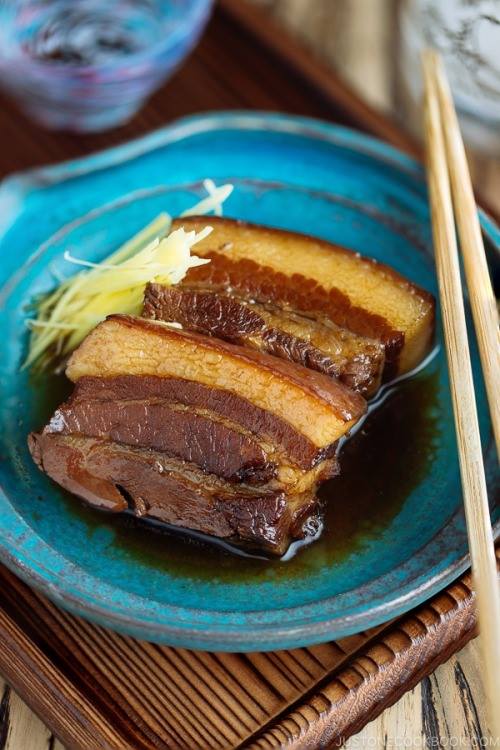
Rafute: Rafute pork cuts are thick and meaty and come from the pig's belly. The meat is boiled until very very soft but with incredible flavor! Because its cooked in a broth of soya sauce, fish broth, and also awamori brandy. This dish was first eaten by the Ryuku Kingdom upper class but has been available to the average local since the end of the 19th century. Typically, an order of rafute is 1-3 pieces of flavorful meat, but each piece is surprisingly thick. Often a dash of mustard is provided to complement the tasty meat (ask for it if it isn’t!).
Taco Rice: American soldiers were based on Okinawa in the 1950s, maybe earlier, and have been there ever since (not without controversy). Okinawan taco rice is a rice bowl dish (i.e. there are no tacos) but the main ingredients are very similar: ground beef, lettuce, tomatoes and salsa ( served over rice). Since its origins are American new ingredients and toppings are popping up all the time. Expect cheese, onions and limes and more . . . And it’s served with a spoon almost always, but the main idea is that it’s fast, tasty and pretty healthy!
Tofuyo: Tofuyo is a powerful and strong-tasting food that is made by fermenting (in malted rice and awamori brandy with a strong red yeast) and aging (3 or more months) regular tofu. Think of it as a very strong European cheese in terms of texture and taste. months to complete. This dish isn’t for everyone, but you might be surprised!
Umibudo: Umibudo are unmistakable because they are intriguingly beautiful and almost magical. They are also called sea grapes and each tiny umibudo ball is full of a tasty salty burst. Some restaurants garnish salads and other dish with umibudo sea grapes. They are actually a kind of seaweed common to local waters. The first time, if you can, try it as a starter and just enjoy the essential flavor and the refreshing experience of umibudo.
Yagi Sashimi: Yagi sashimi is goat sashimi which means it’s basically raw goat meat. Goat meat in its raw form is loved for its chewy texture. If you have experience with goat meat and like it then this is something to experience and only in Okinawa!
- Okinawa private travel transportation and accommodation overview
- Okinawa main hiking, nature and hot spring destinations
- Okinawa food & cuisine overview for private travel
- Okinawa history overview
Okinawa islands history overview
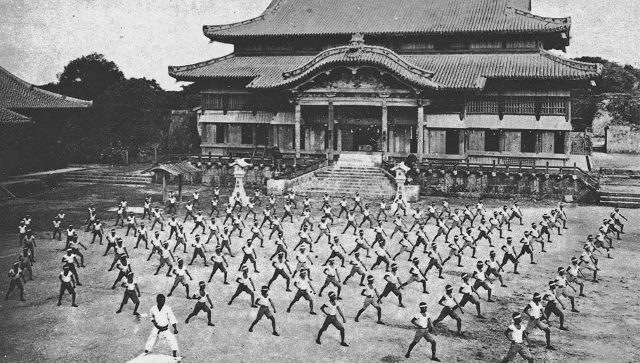
Okinawan history begins with a midden or shell heap hunter-gatherer society that became known for its unique Jomon period pottery. And some of Okinawa’s early roots appear to be from an unknown southeastern-Pacific culture based on 2,500-year old shell axes found on the islands.
Early trade from these islands focused on special shells that were purchased by Japanese traders from Kyushu, a few days north by sail from Naha. And the islands also traded with China and Taiwan for “advanced” civilization commodities.
Agriculture started about the 12th century, and the population center moved inland. Rice was also cultivated but overall Okinawa is not known huge amounts of arable land, the exception being sugar cane, which seems to thrive anywhere in Okinawa. This period, when farming and settlement living became the norm, is known as the Gusuku period.
Gusuku refers to the distinctive castles or fortresses built by the kings of the area. Many gusukus are listed by UNESCO as World Heritage Sites. A gusuku can mean: a holy place, dwellings encircled by stones, a castle of a king or local leader. In the Gusuku period, the porcelain trade between Okinawa and other countries became big business. From this time onward, Okinawa became a key relay point for trade with China and eventually Japan.
In the early 14th century, Okinawa history moved towards consolidation and central power. Known as the Sanzan period 1314-1429), this period involved the power struggles of the three kingdoms that ruled the Okinawa islands: Hokuzan (north kingdom) and Nanzan (south kingdom) and Chuzan (central kingdom). The three kingdoms competed against one another for recognition and trade with Ming China. In, 1392, the Chinese Hongwu Emperor sent administrators from Fujian (modern Taiwan) to manage maritime affairs in the kingdom. They assisted the Ryukyuans with technology development and diplomatic relations.
In 1429, King Sho Hashi succeeded in unifying all three kingdoms and founded the Ryukyu Kingdom with its capital at Shuri Castle (Naha, Okinawa’s most famous historical attraction, today). His descendants conquered the Amami Islands to the north, which had long been a goal of Okinawan expansion.
In 1609, the Japanese Satsuma feudal domain successfully invaded the Ryukyu Kingdom, after 2 or 3 previous failed attempts. As a result, the Ryukyu was forced to become a vassal state of Satsuma. From this time onward, the Ryuku Kingdom worked for and traded with both imperial China and Edo Japan (Edo being the old name for Tokyo).
For a better understanding of YJPT's tour and service design and design process, expenses, and prices please see my compact but informative full service pricelist in JPY and USD, all retail priced.
In the early 17th century, the Tokugawa shogunate officially ended foreign trade except with the Dutch (at Dejima, in the harbor of Nagasaki). Now Nagasaki, Tsushima (part of the Nagasaki domain), and Kagoshima (southern center of Kyushu island).
In 1879, the new Japanese Meiji government annexed the entire Ryukyu Kingdom and thus all the islands of Okinawa. The Shuri castle monarchy was abolished, and the deposed king, Sho Tai, was forced to live in Edo. At this time, the Japanese tried to change the local culture and systematically attacked Ryukyuan language, religion, and historical cultural practices. This was met with resistance but, in the end, Okinawa Prefecture became Japanese in name, despite the island’s unique independent history.
Between April and June of 1945, Okinawa was a huge battle ground between the Japanese imperial army and the Americans. In all, 95,000 Japanese soldiers and 20,000 American troops died on the beaches of Okinawa.
After the American occupation of Japan, the Amami Islands were returned to Japanese control (1953) and all of the Okinawa island territories (in 1971). America has maintained numerous military bases on the islands since the Cold War and they are still there today, despite sustained local resistance to American bases and many rapes and murders to this day.
- Okinawa private travel transportation and accommodation overview
- Okinawa main hiking, nature and hot spring destinations
- Okinawa food & cuisine overview for private travel
- Okinawa history overview
Learn more about Japan’s main islands with these links
Content by Ian Martin Ropke, owner of Your Japan Private Tours (est. 1990). I have been planning, designing, and making custom Japan private tours on all five Japanese islands since the early 1990s. I work closely with Japan private tour clients and have worked for all kinds of families, companies, and individuals since 1990. Clients find me mostly via organic search, and I advertise my custom Japan private tours & travel services on www.japan-guide.com, which has the best all-Japan English content & maps in Japan! If you are going to Japan and you understand the advantages of private travel, consider my services for your next trip. And thank you for reading my content. I, Ian Martin Ropke (unique on Google Search), am also a serious nonfiction and fiction writer, a startup founder (NexussPlus.com), and a spiritual wood sculptor. Learn more!